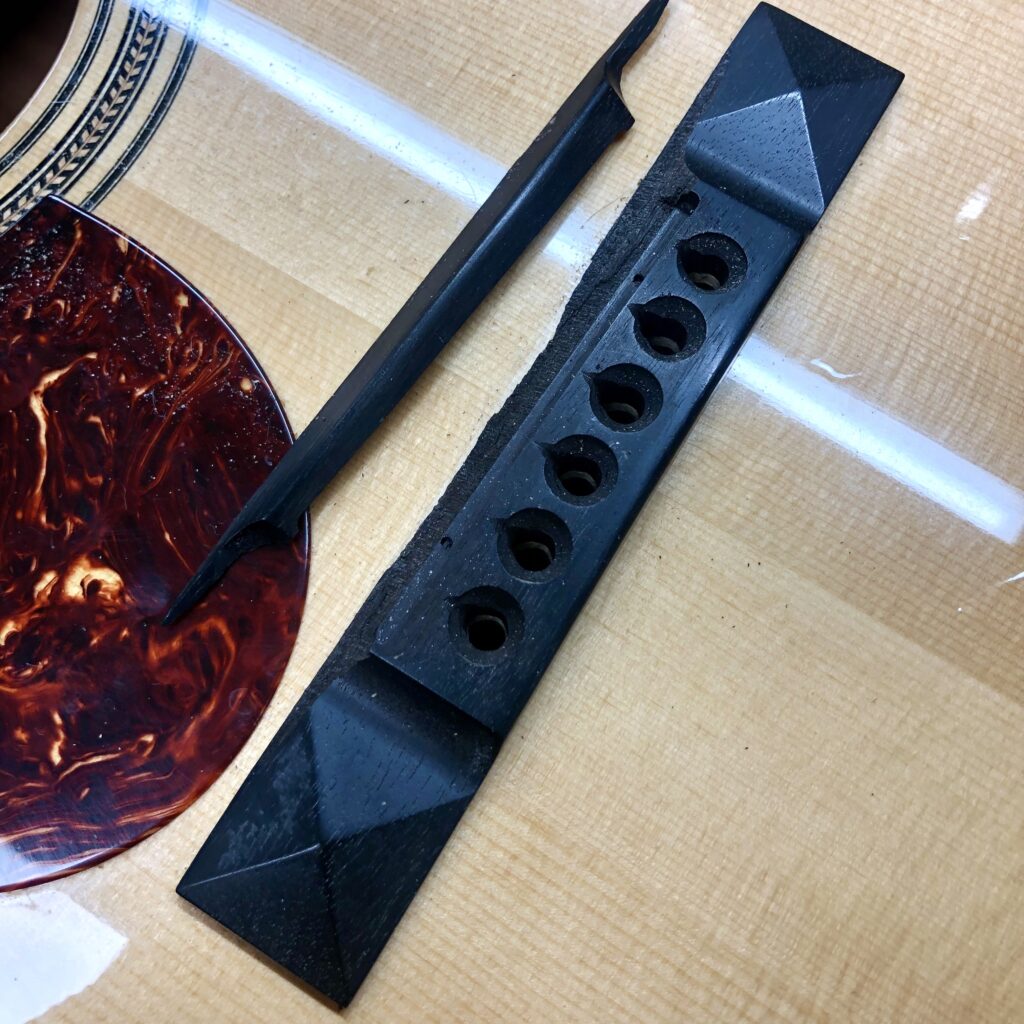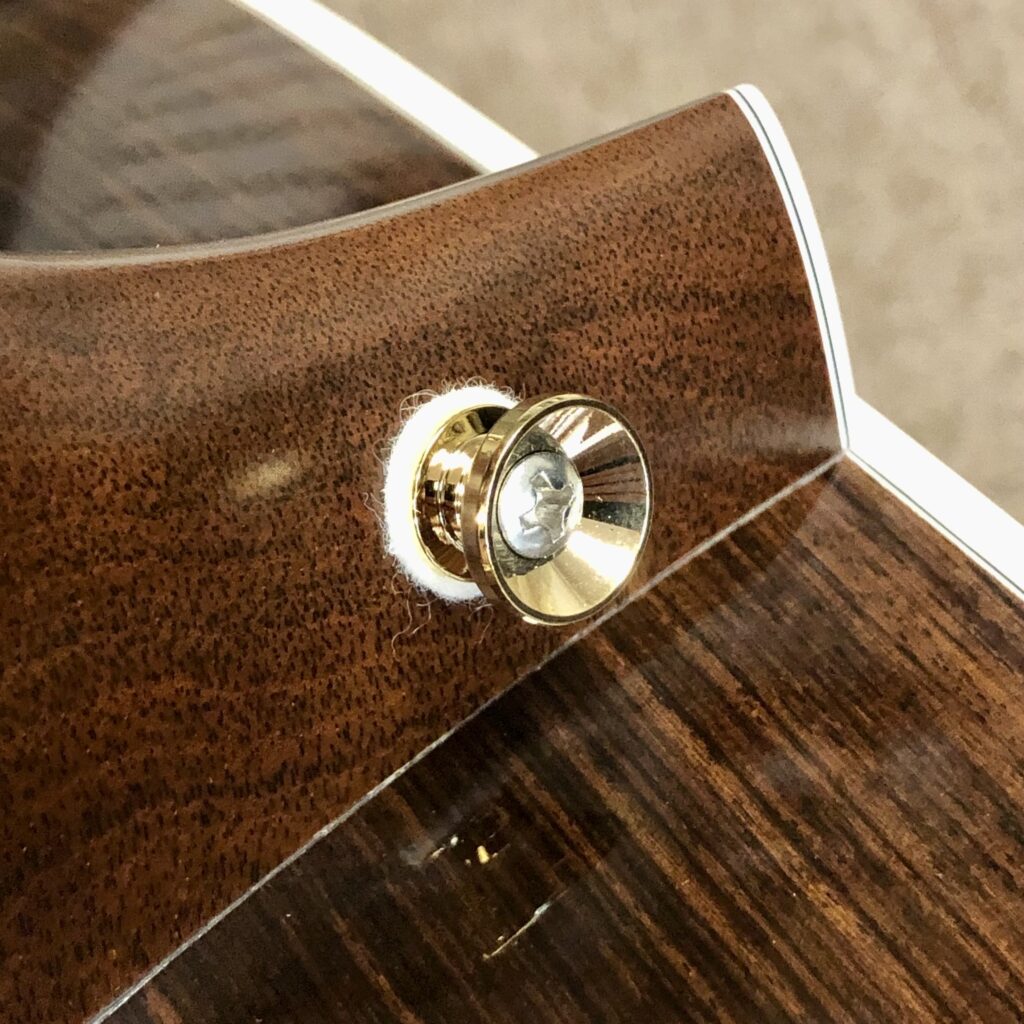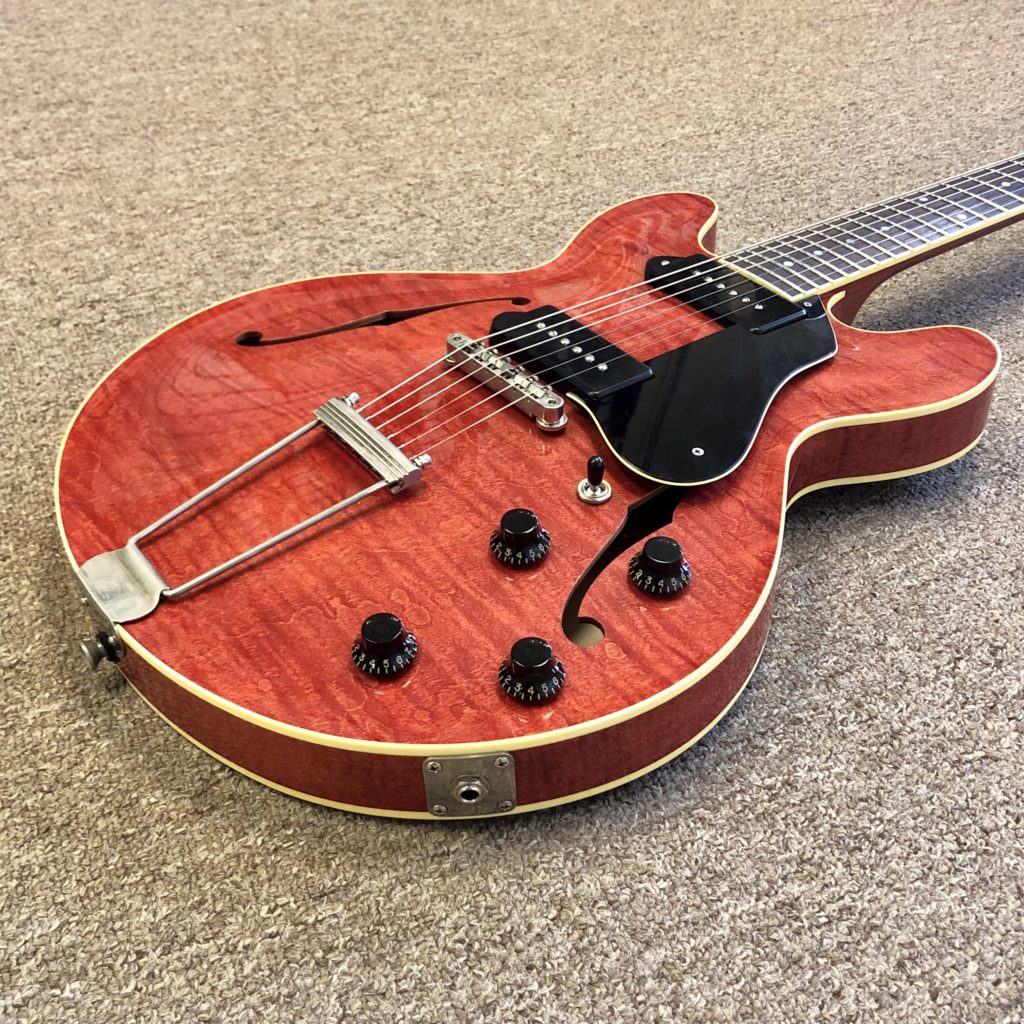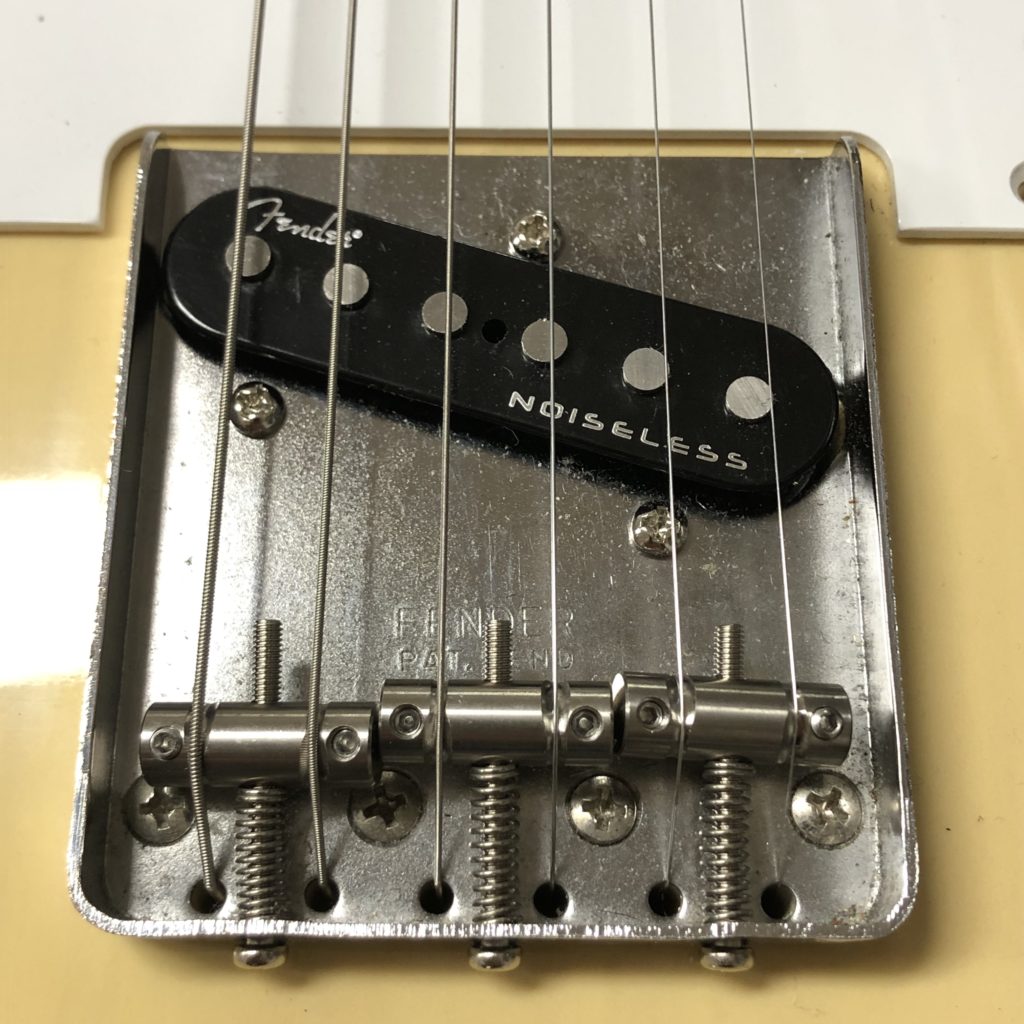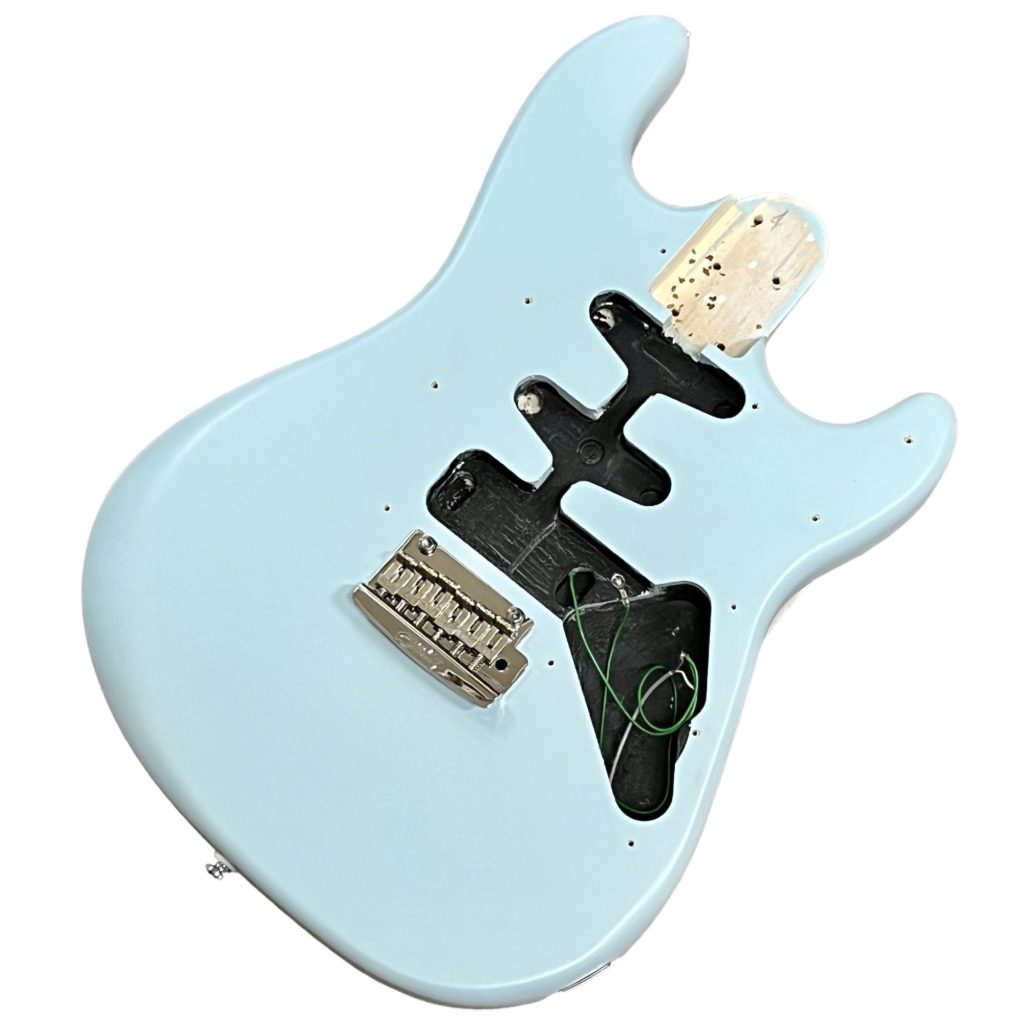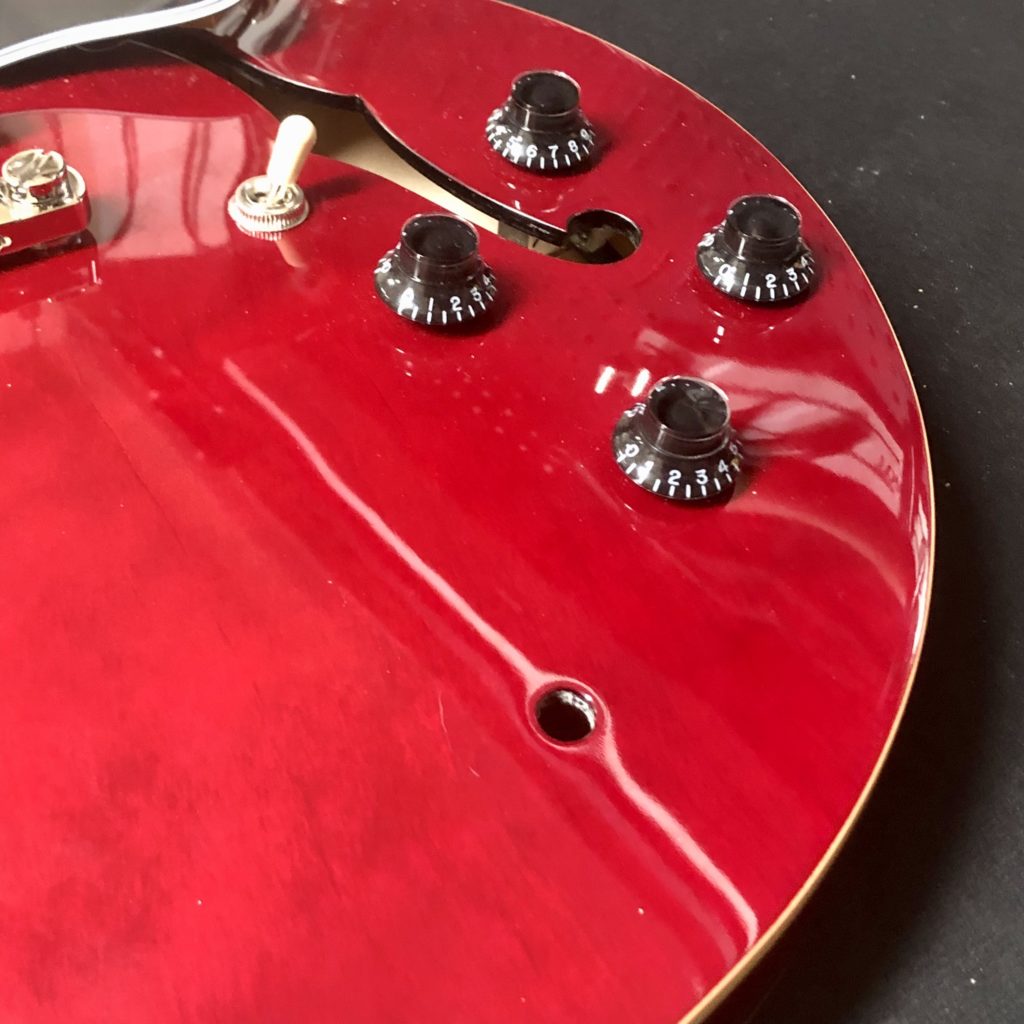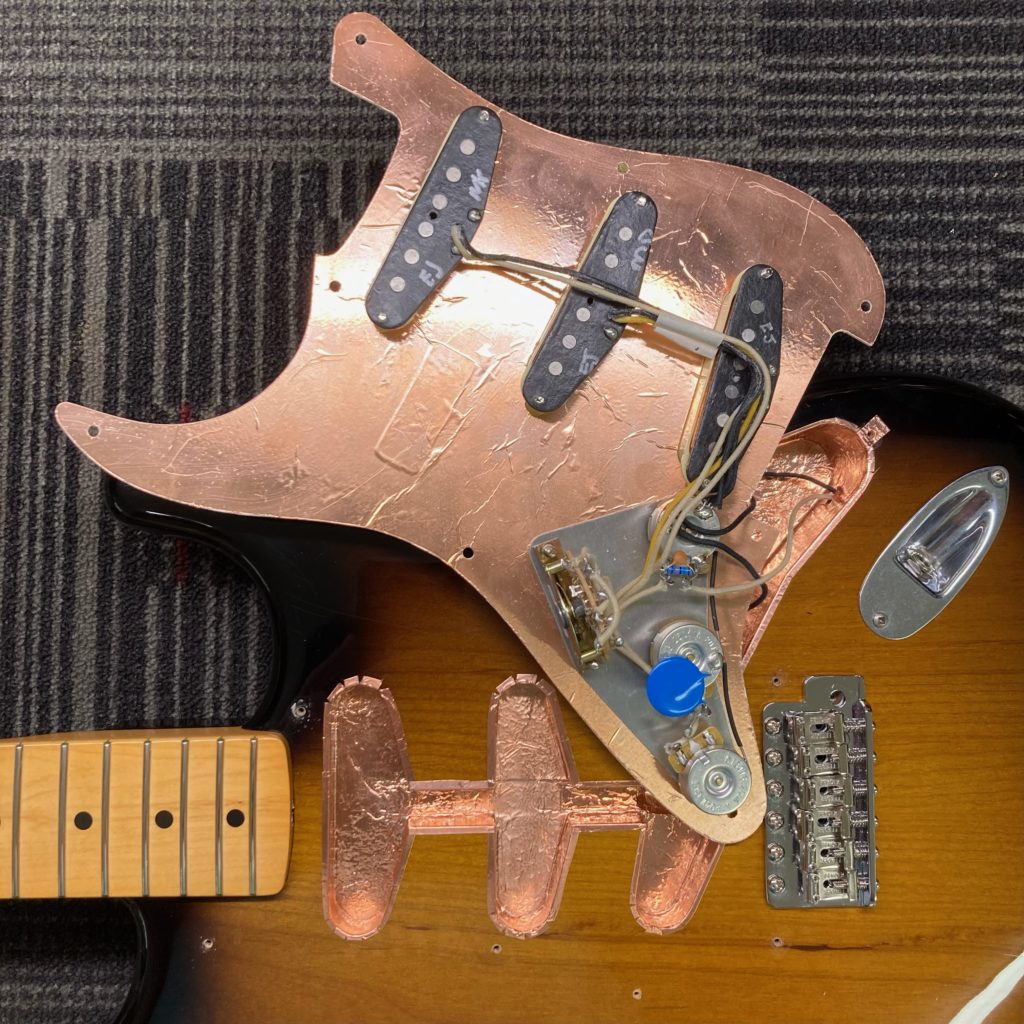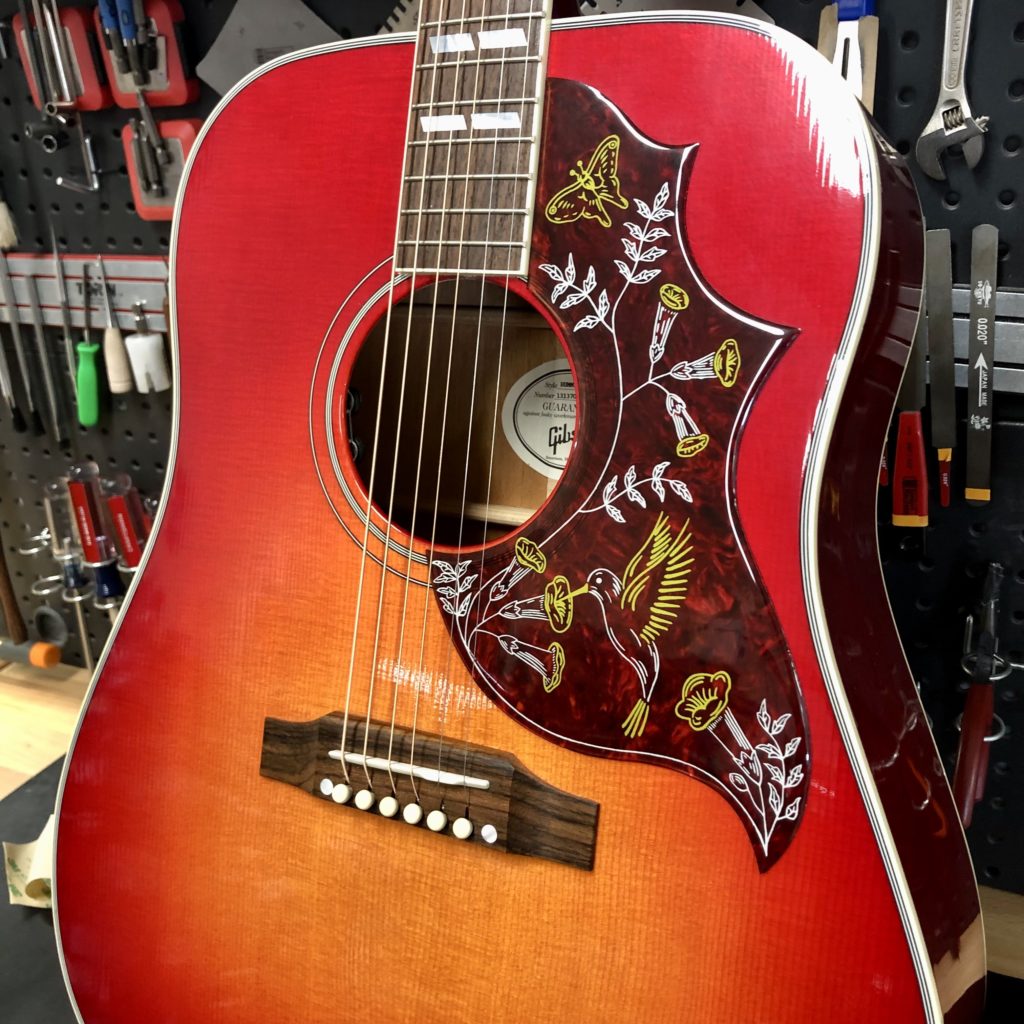Crack Repairs – Repairing Wood Cracks in Guitars
Wood is the most common material for guitar construction. A few particular tree species such as Ebony, Maple, Rosewood Mahogany and Spruce have long been staples within the industry. The type chosen for a particular task is based on a combination of factors such as: availability, tonal qualities, aesthetic beauty, workability, tradition, strength, and durability.
As with anything made of wood, if they are to last, guitars require care and consideration to protect them from damage. Wood cracks can usually be attributed to one of two main causes: Impact (such as a drop or hit) or humidity issues. While the causes may be simple, the variation is nearly endless. The following is an overview of the common ways that wooden guitars can crack and corresponding methods of repair.
Crack Repairs – Repairing Wood Cracks in Guitars Read More »

